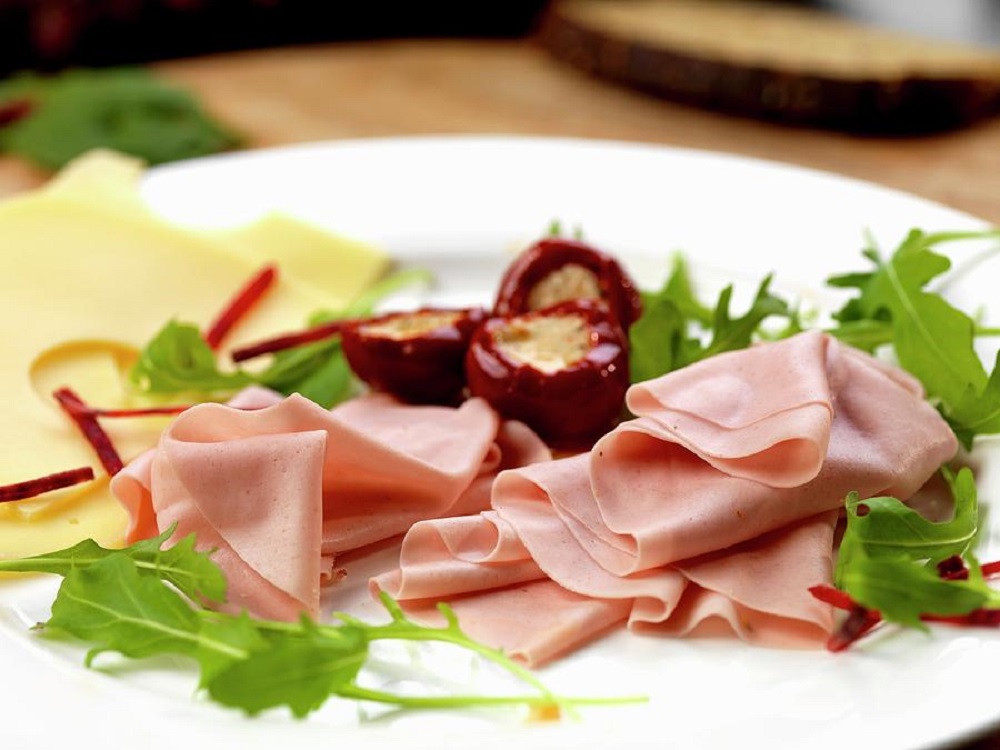In the culinary world, the names “Prosciuttini” and “Cappacuolo” might sound intriguing and exotic. But what exactly are these delicacies, and how do they contribute to the world of gastronomy? In this article, we’ll unravel the mystery behind Prosciuttini and Cappacuolo, exploring their origins, flavors, and how they have earned a special place in the hearts (and stomachs) of food enthusiasts worldwide.
What is Prosciuttini? A Glimpse into the World of Miniature Prosciutto
Prosciutto’s Miniature Cousin: Prosciuttini is the diminutive version of the famous Italian cured ham known as prosciutto. While prosciutto is renowned for its rich and savory flavor, Prosciuttini offers a bite-sized variation that’s equally delightful.
Flavor Profile: Prosciuttini boasts a delicate balance of saltiness and umami, with a melt-in-your-mouth texture that’s characteristic of well-crafted cured meats.
What is Cappacuolo? Exploring the Charms of Italian Capicola
Italian Culinary Treasure: Cappacuolo, also known as Capicola or Capocollo, is an Italian cold cut made from pork shoulder or neck. It’s a staple in Italian delis and is often enjoyed as a sandwich filling or charcuterie platter addition.
Distinctive Flavor: Cappacuolo is celebrated for its marbling and robust flavor profile. It’s typically seasoned with a blend of spices, including red pepper flakes, garlic, and fennel, which contribute to its signature taste.
History of Cappacuolo
The “History of Cappacuolo” is a journey that traces back to the heart of Italian culinary heritage. Originating in Italy, Cappacuolo, also known as Capicola, embodies centuries of culinary artistry and tradition. Its roots can be found in the artisanal practices of preserving pork, a necessity in pre-refrigeration eras. Cappacuolo was crafted by curing and aging pork shoulder or neck with a blend of spices, creating a distinctive flavor profile that became a beloved staple in Italian cuisine. Its evolution is a testament to the creativity and resourcefulness of generations of Italian food artisans who transformed humble ingredients into a cherished culinary treasure. Exploring the history of Cappacuolo not only reveals its gastronomic significance but also offers a glimpse into the cultural tapestry that has shaped its identity.
History of Prosciuttini
The “History of Prosciuttini” unveils a tale of culinary innovation and adaptation. Prosciuttini, the miniature counterpart to the famed Italian prosciutto, is a product of culinary evolution that has its roots in the preservation practices of ancient Italy. The larger prosciutto hams were historically prepared as a means of preserving pork through salt curing and air drying. Over time, the idea of creating smaller, bite-sized versions—Prosciuttini—emerged as a way to enjoy the flavors of prosciutto in a convenient and versatile format. The history of Prosciuttini is a testament to the Italian art of transforming traditional methods into contemporary culinary delights. It bridges the gap between tradition and modernity, offering a flavorful and accessible way to savor the essence of prosciutto in various culinary creations.

The Origins and Cultural Significance
Italian Heritage: Both Prosciuttini and Cappacuolo are deeply rooted in Italian culinary tradition. Italy is renowned for its mastery in creating cured meats, and these delicacies are a testament to the country’s dedication to preserving and enhancing the flavors of pork.
FAQs About Prosciuttini and Cappacuolo
Q1: How is Prosciuttini different from regular prosciutto?
A1: Prosciuttini is a miniature version of prosciutto. It offers a similar flavor profile but in a smaller, bite-sized format.
Q2: How is Cappacuolo best enjoyed?
A2: Cappacuolo is often enjoyed in sandwiches or as part of charcuterie boards. Its robust flavor makes it a versatile addition to various dishes.
Q3: Can I use Prosciuttini and Cappacuolo interchangeably in recipes?
A3: While Prosciuttini and Cappacuolo both offer cured pork flavors, they have distinct characteristics. They can be used interchangeably to some extent, but the unique qualities of each delicacy might influence the final taste of your dish.
Conclusion
“Prosciuttini” and “Cappacuolo” may have sounded unfamiliar initially, but now you have a closer look into these delectable Italian delights. These delicacies not only offer a glimpse into the rich tradition of Italian cuisine but also bring unique flavors to your palate. Whether you’re savoring the bite-sized charm of Prosciuttini or indulging in the robust taste of Cappacuolo, these culinary gems are a reminder of the diverse and enchanting world of food that transcends borders and unites us through shared flavors.



